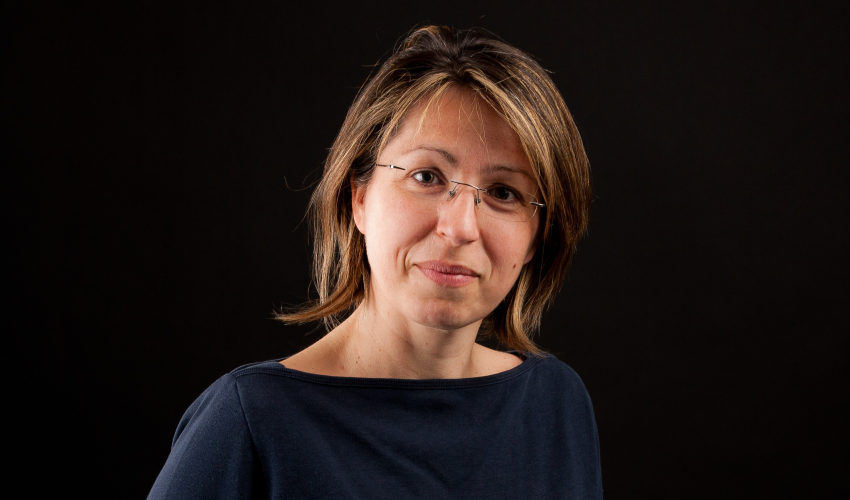
If Gyro Gearloose Were a Woman
HE WOULD EARN 14% LESS FOR HIS INVENTIONS. THAT'S THE SALARY GAP AS COMPARED TO MALE INVENTORS. YET THIS DIFFERENCE IS SIMPLY UNJUSTIFIABLE, AS MYRIAM MARIANI'S PAPER DEMONSTRATESThey are more educated than men, obtain the same results as men, and yet are shockingly underrepresented and broadly underpaid. This is the identikit of female inventors in Europe that emerged from research by Myriam Mariani of the Department of Policy Analysis and Public Management at Bocconi, and Karin Hoisl of Mannheim University.
Thanks to a survey of 10,000 inventors who registered patents with the European Patent Office, the authors were able to observe that female inventors make up only 4.2% of the total. “What’s worse”, points out Mariani, “is that we also saw a 22% salary gap, despite the fact that the quality of inventions is the same, and that the women’s educational level was even higher than that of men, with 41% holding a PhD, against 28% of males”. If a part of the salary gap can be explained by such factors as work hours, different tasks, and the most frequent job in the public sector (in this case, universities rather than private businesses), a 14% salary gap still remains, even after applying these factors.
“It isn’t easy to explain this difference”, continues Mariani. “However we have observed that in categories of younger groups – under 30 years – the percentage of women reaches 10%. As the age increases, the presence of women decreases: the over-fifty group is just 1.65%. These numbers are compatible with an increase in the presence of women in this profession over the last few years, but also with women dropping out as their ages increase. Women represent 7.2% of inventors without children. As the number of children increases, the percentage of women decreases. In our sample, there aren’t any women who have more than 3 children, while there are men who do. Finally, the sector which has a concentration of patentable innovations is engineering, and only 2% of women are represented in that sector. However, female presence is higher – up to 10% - in areas such as the chemical and biotechnology sectors”.
Read more on this topic:
Men May Dominate Academia, But Culture and Creativity Go Beyond Gender. Article by Jacopo De Tullio
Simona Botti, academia as a creative enterprise
Alessandra Casella: experimentation and voting theory
Magdalena, at home in five countries
Francesca, the first female full professor at the London Business School
How to generate knowledge in companies. And in academia
Chiara and innovative technologies
Paola, a Bocconi degree and lots of recognition
Women and research according to Annamaria Lusardi: tenacity is the key
Gaia’s research: making an impact in developing countries
Agnieszka Tymula: neuroeconomics, and an interdisciplinary approach to research
by Fabio Todesco
